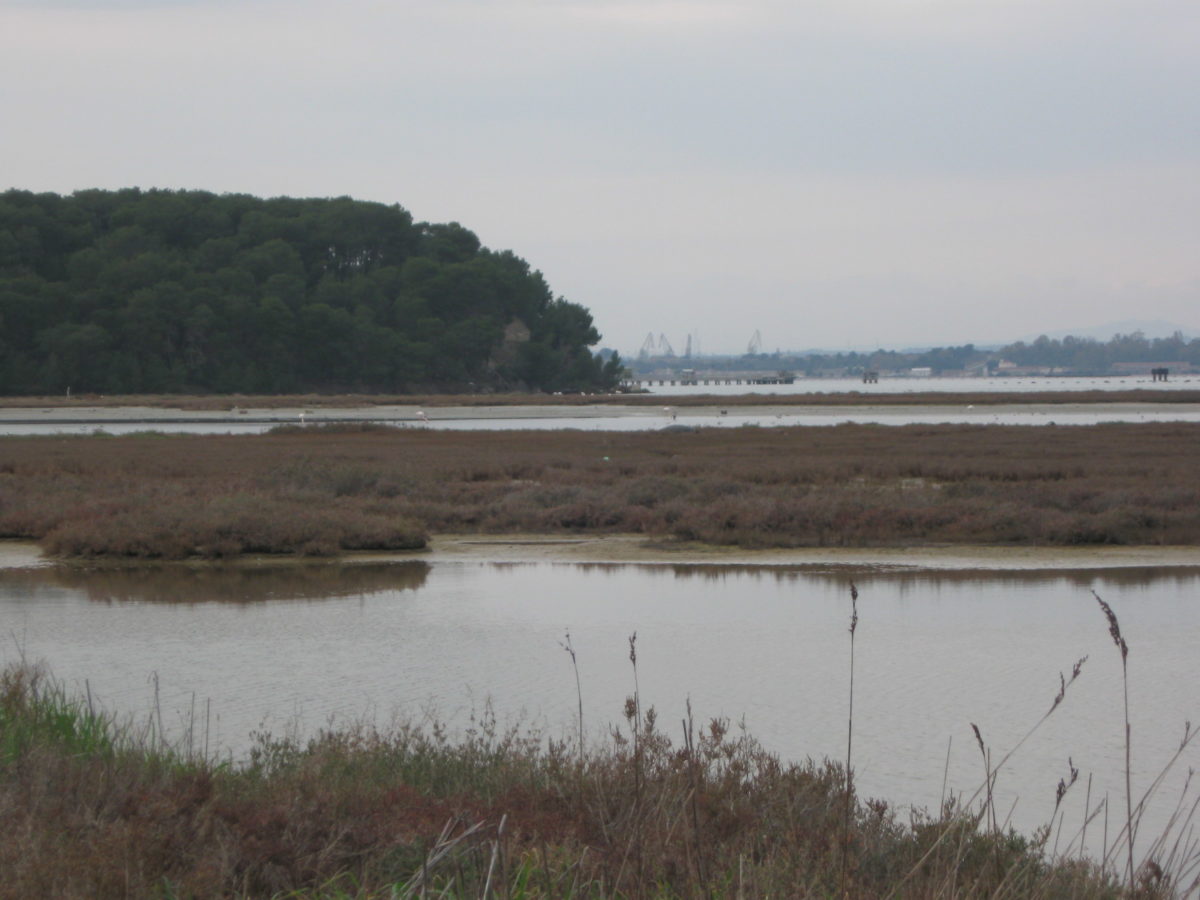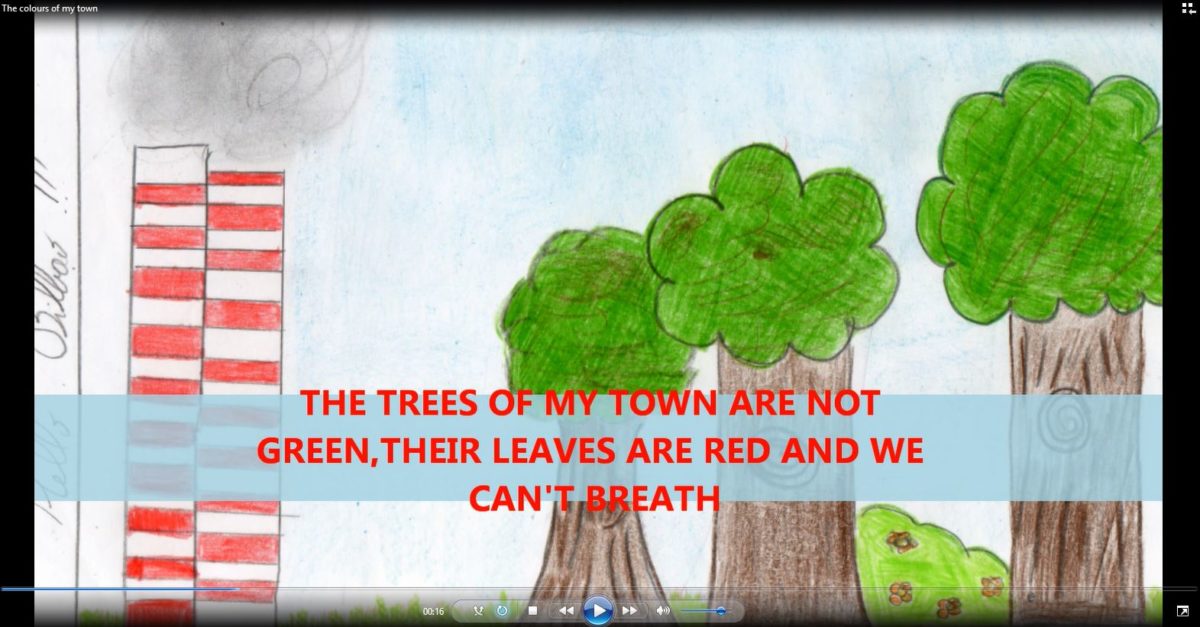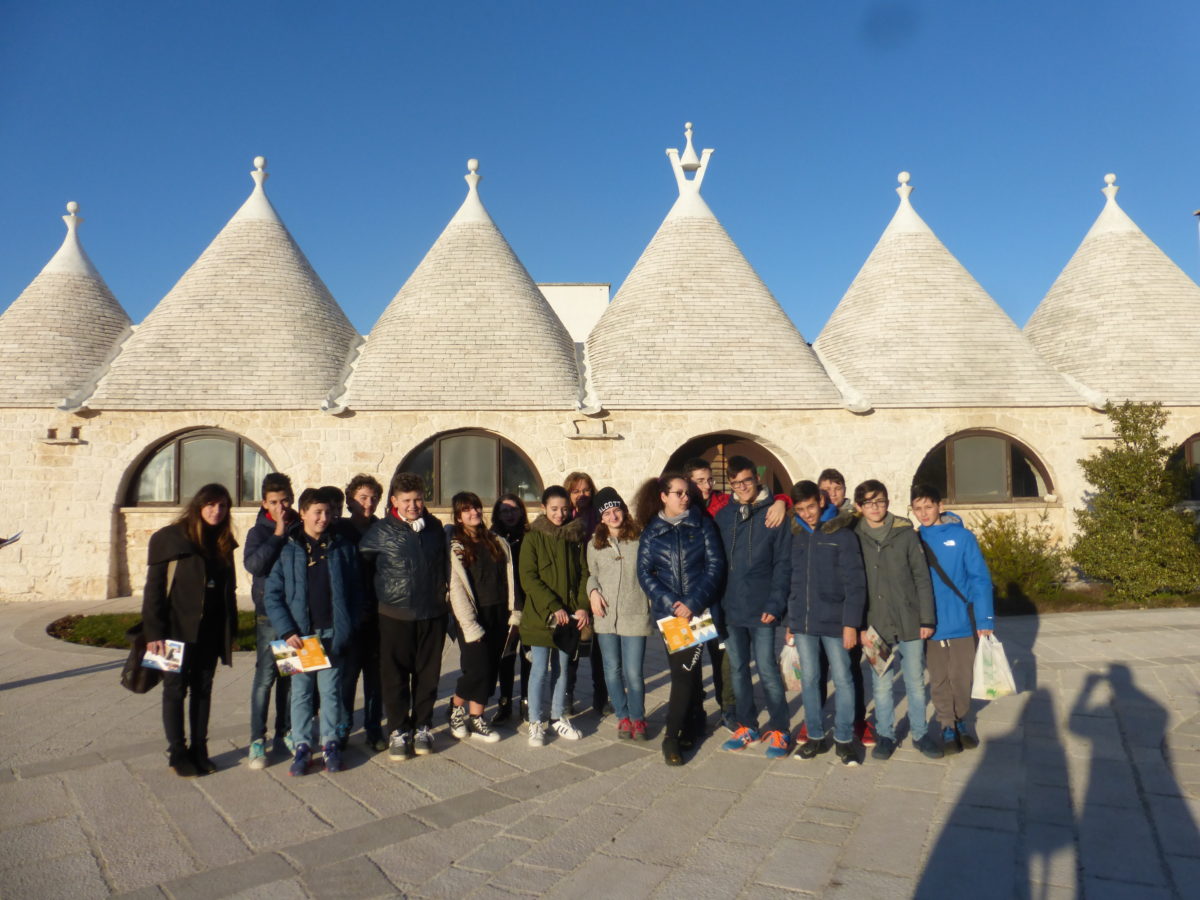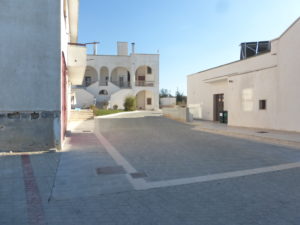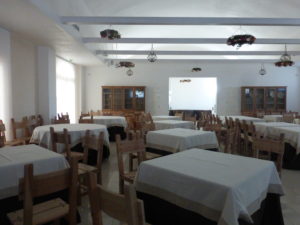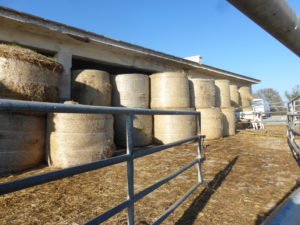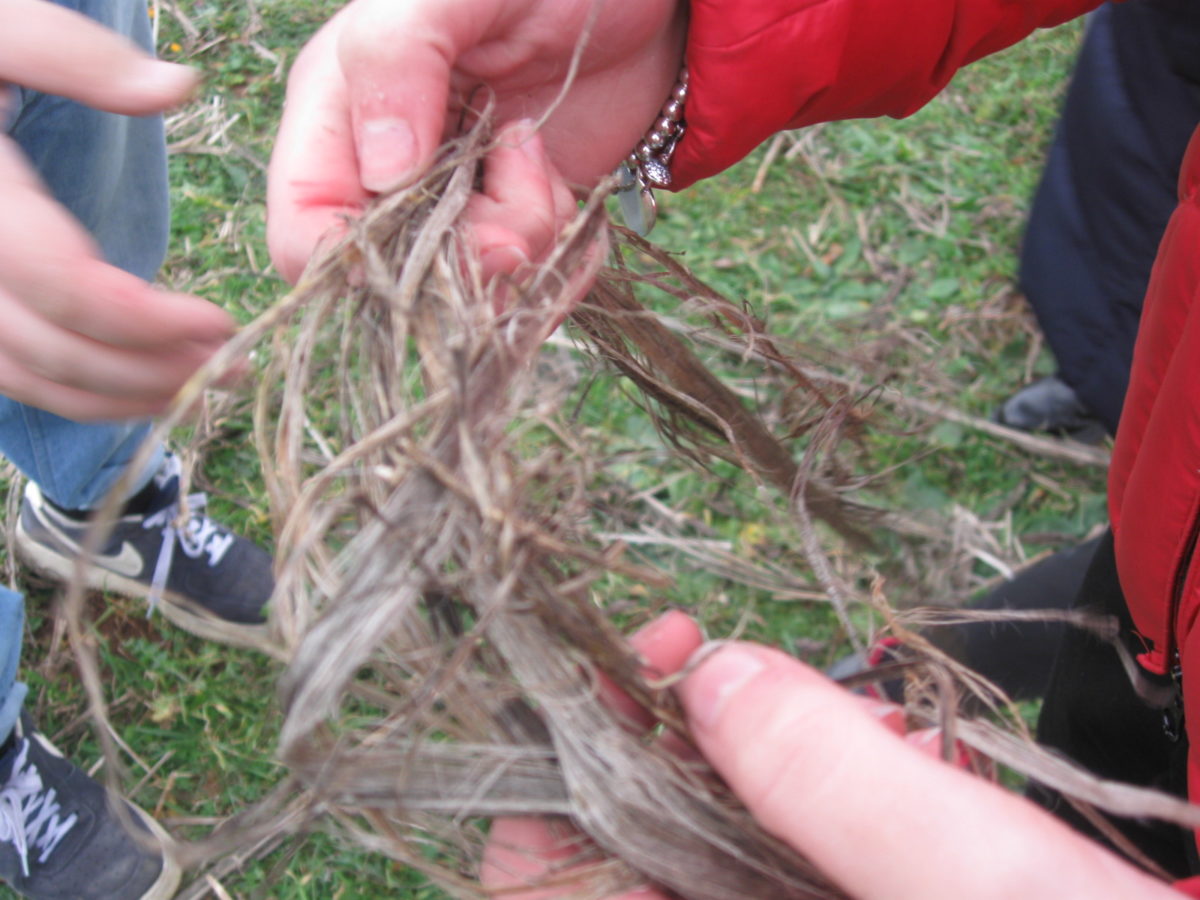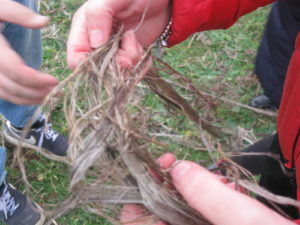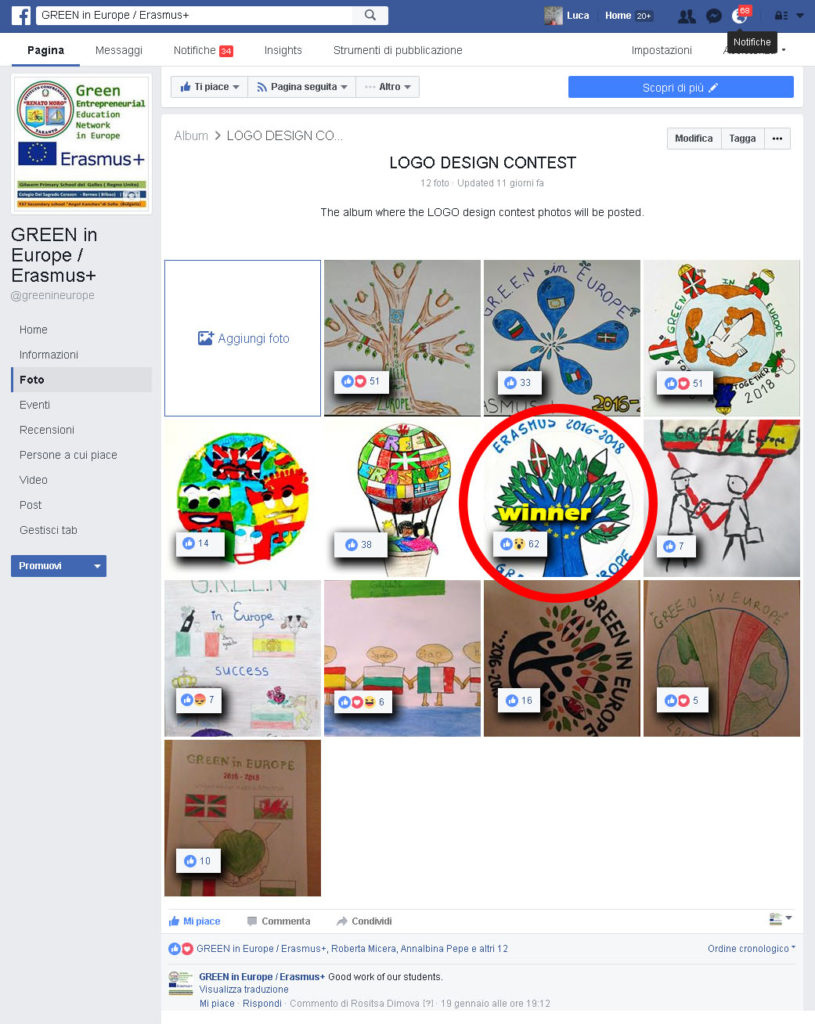Best practices related to the theme of sustainability that are related to business ideas, productive activities that could create a value that is not only economic.
Describe the BEST PRACTICE
Proposer Country : Italy

To which subject of the Sustainibility does it refer?
15 – Life on Land
Who does it practise ?
This best practise has been started by the ‘’WWF Taranto’’ group.
Where? (If it belongs to B type, please indicate the geographic place)
In Taranto City – in Apulian Region – in the second bosom of Mar Piccolo.
When?
In 1987.
Why do you think that this best practice can be exported?
I think that this best practice can be exported because it is an essential place for animals and plants and it can also be an important resource for the economy.
Describe the activity
The natural reserve “Palude La Vela” is a protected area where you can find particular animals and plants.
La Vela oasis is a treasure for the natural heritage of the city of Taranto. Rich flora mainly halophyte type (species adapted to live in brackish environments) and even more rich and interesting fauna characterized by both sedentary species (herons, egrets, cormorants etc.) and migration (flamingos, knights of Italy , shelduck, avocets, spoonbills and many others). This natural jewel needs all of us to resist degradation and to be accessible to as many people as possible: we all learn to know in order to love and defend it!
Every week the WWF guides takes families and students to discover the place. It is now called ‘’Oasi la Vela’’ because it is located near the sea.

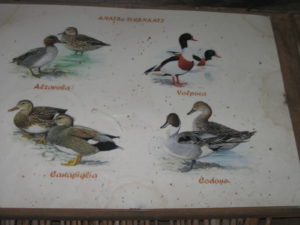
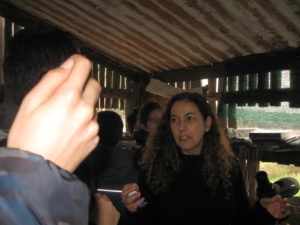
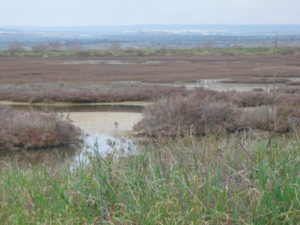

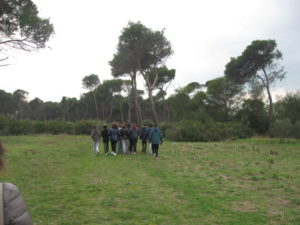
WEBSITE
http://www.wwftaranto.com/oasi.php?LANG=EN
http://www.wwftaranto.com/gallery.php?LANG=EN
VIDEO


